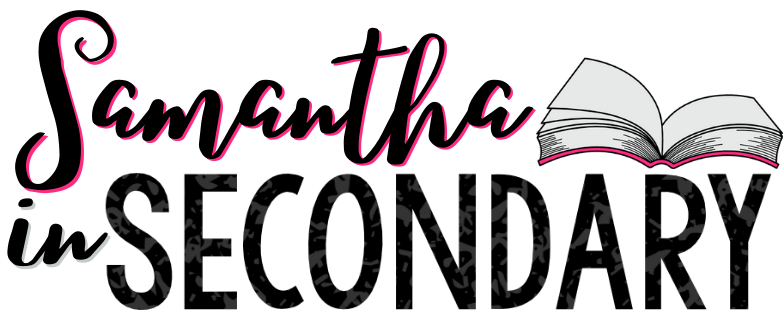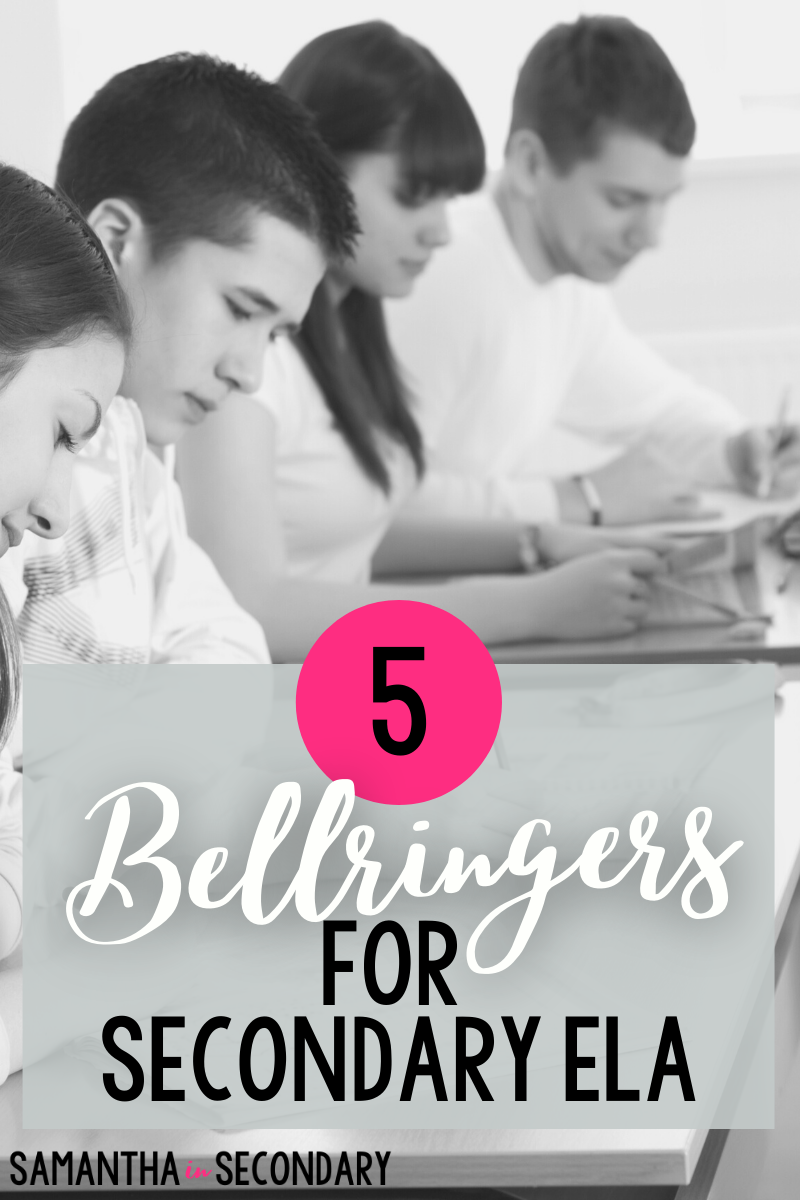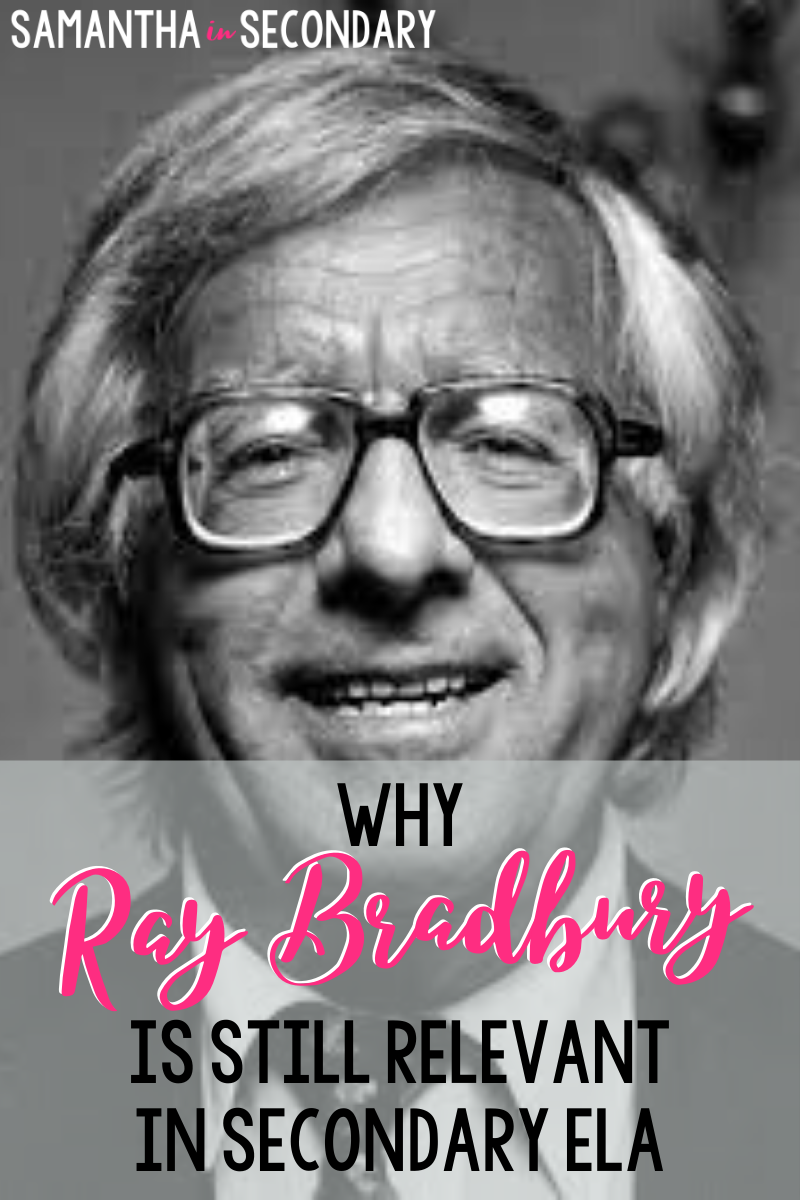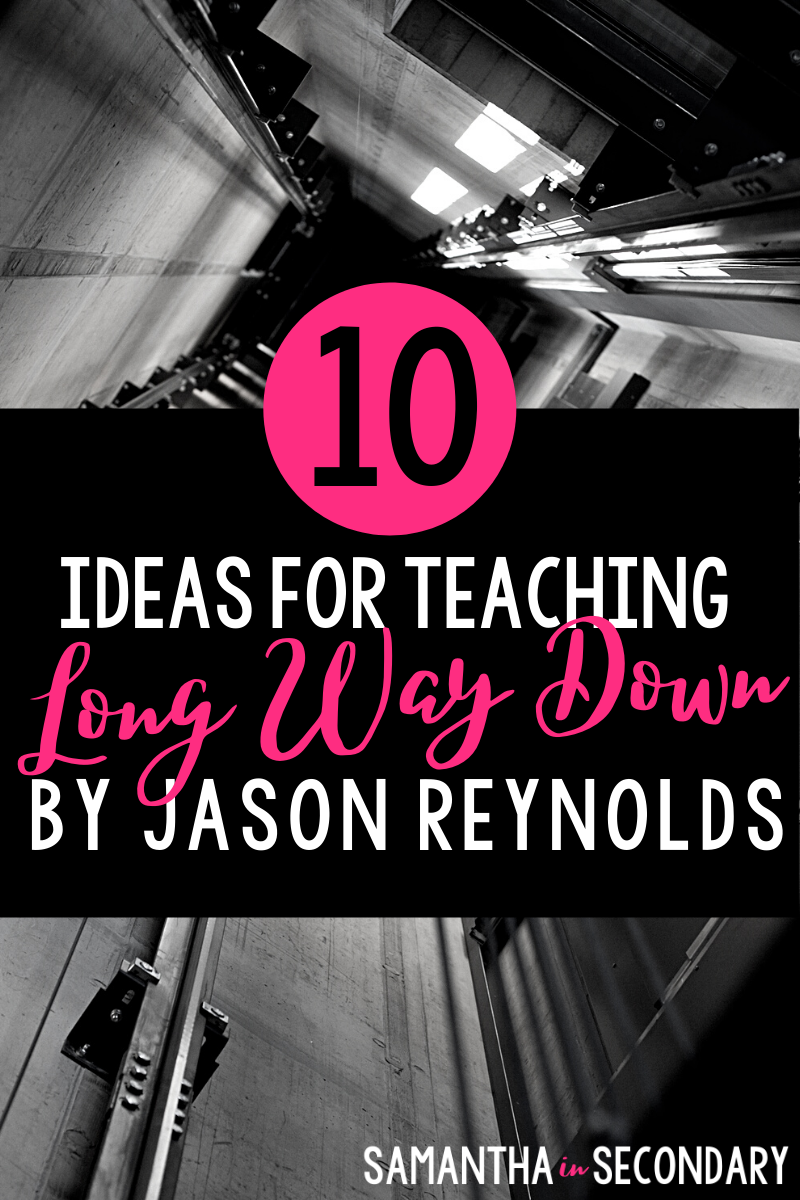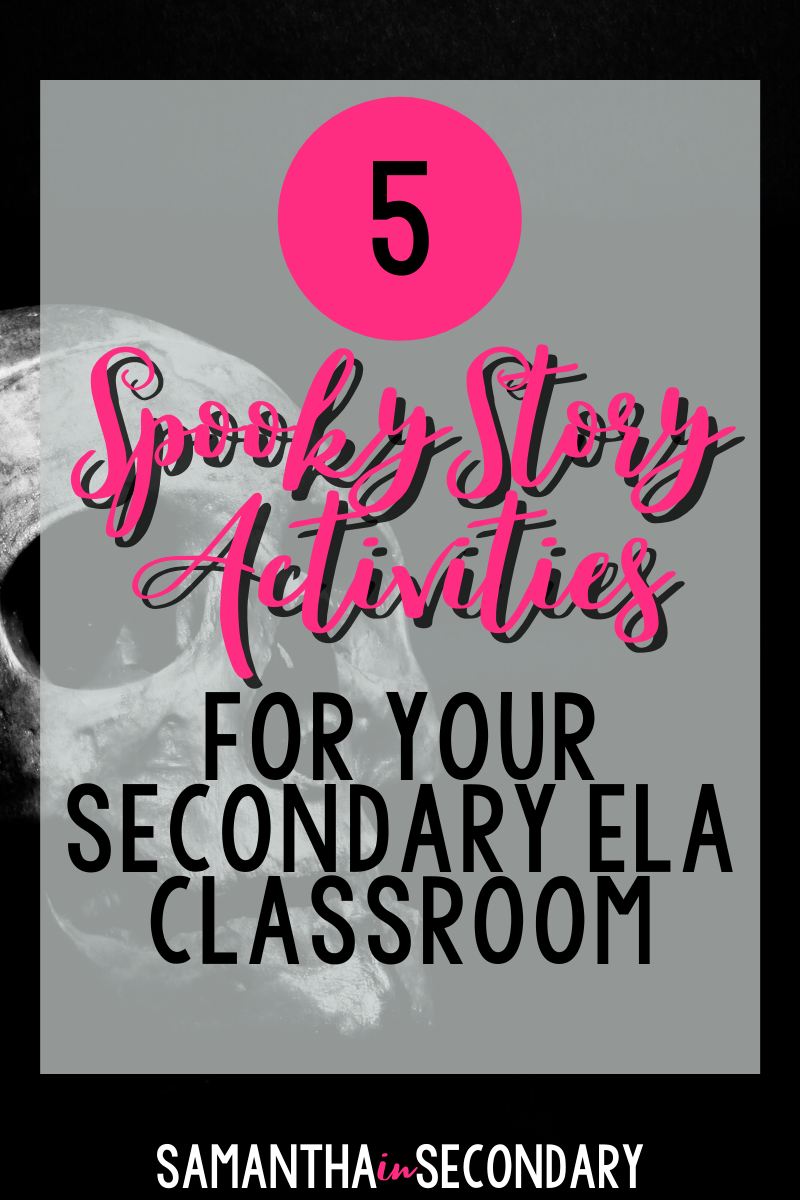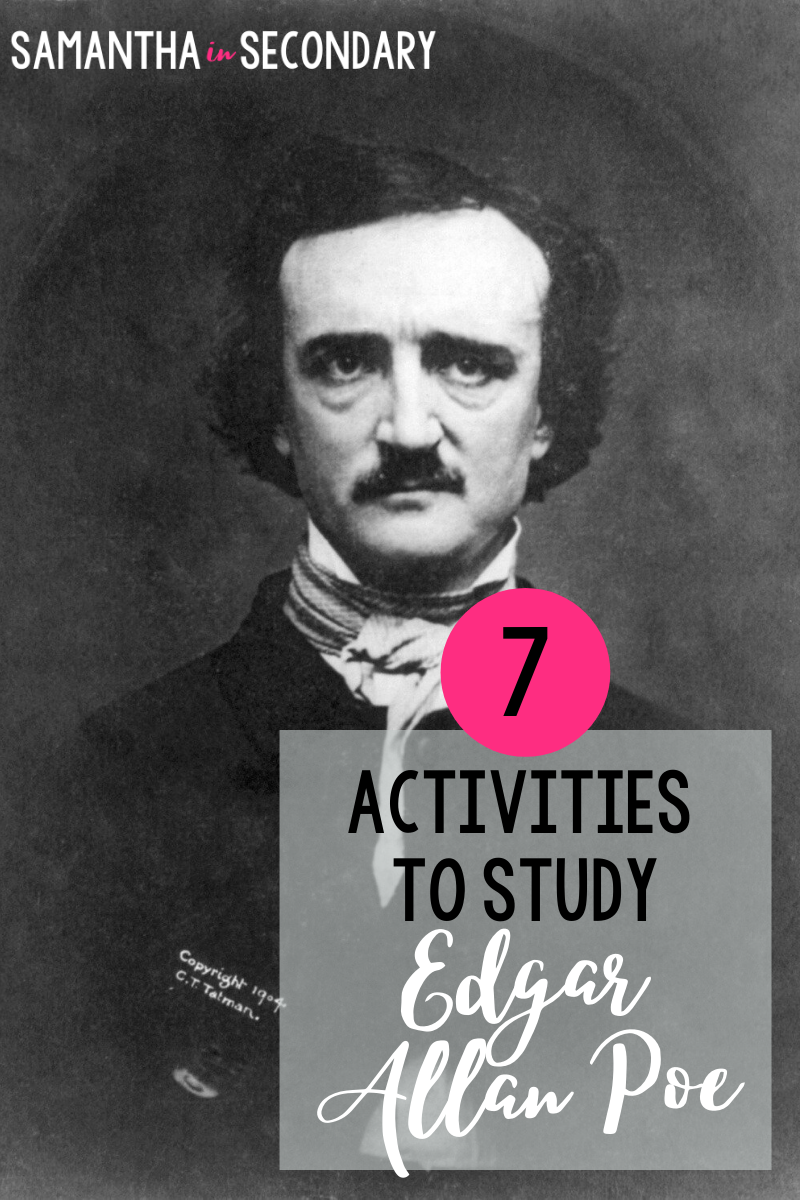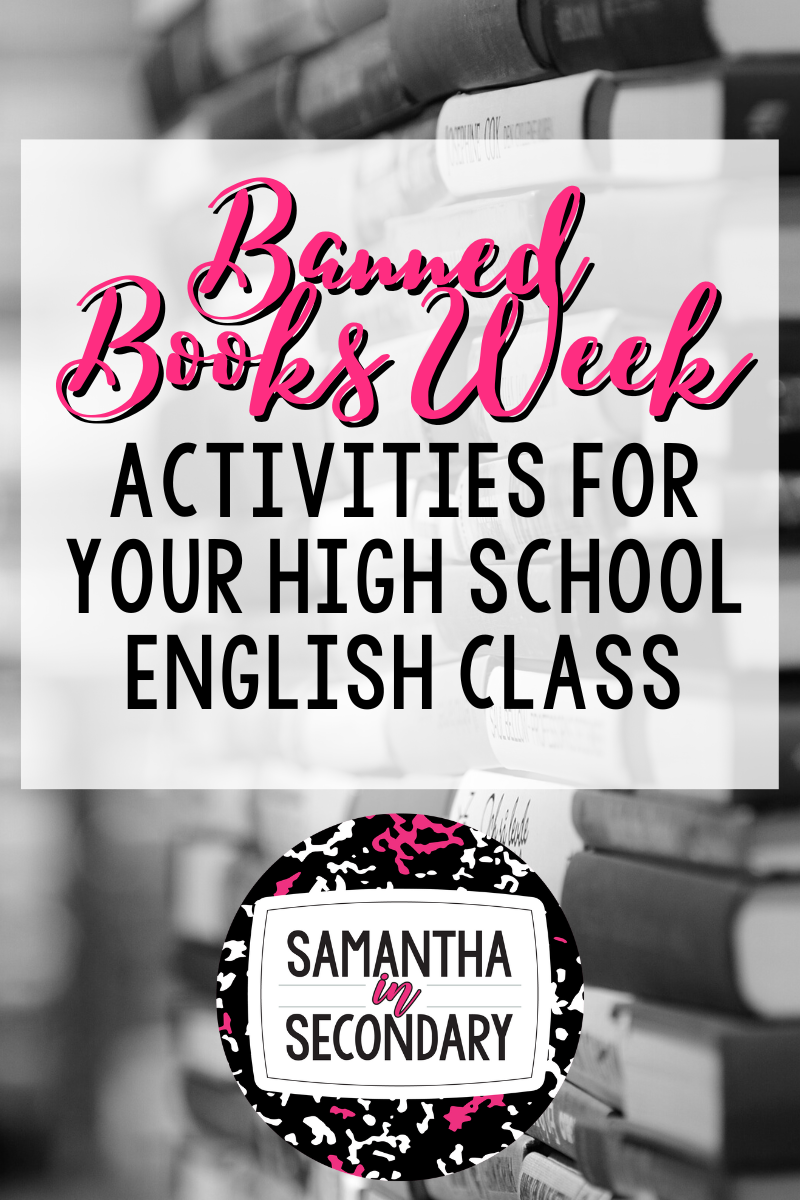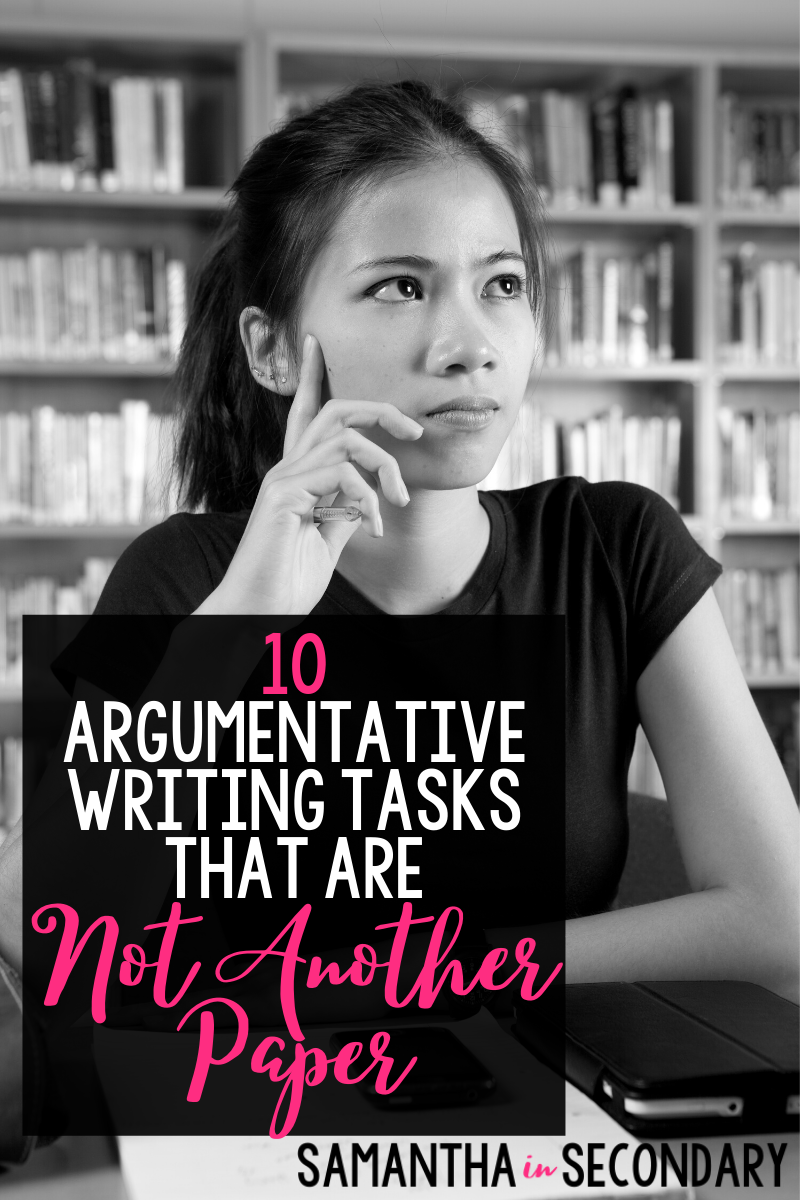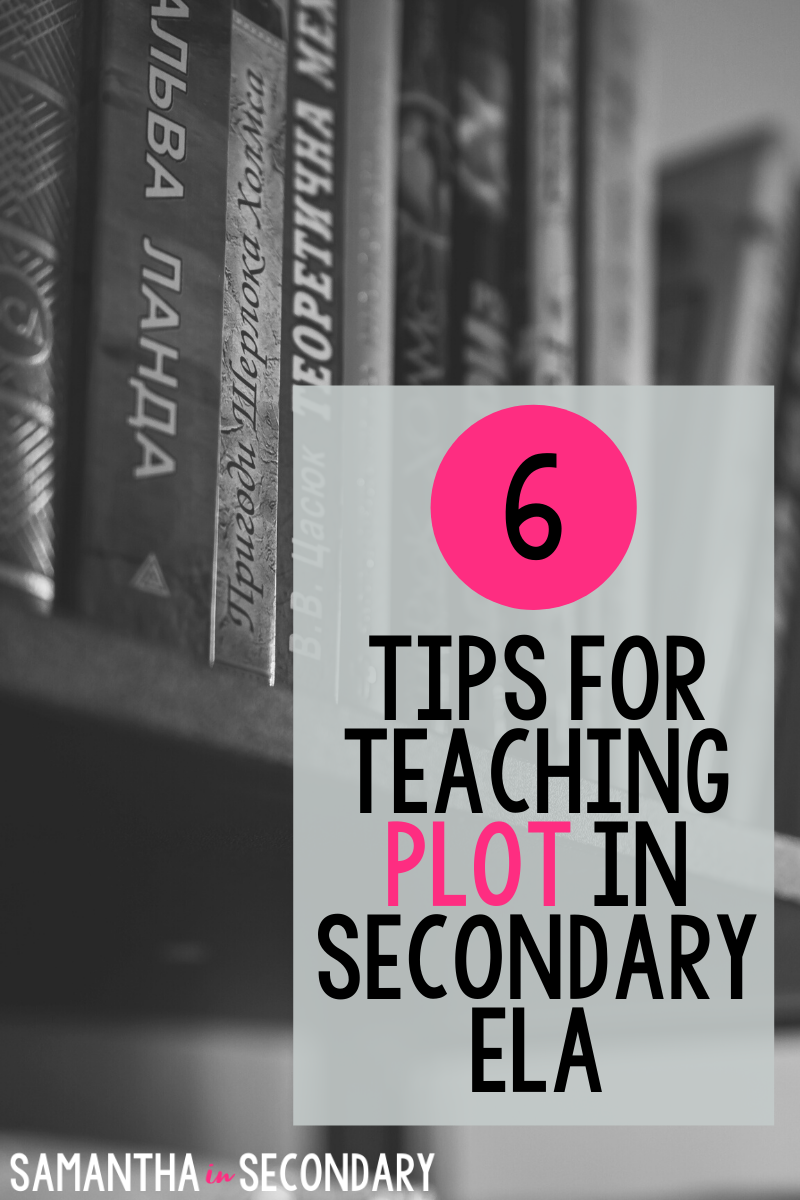
6 Tips for Teaching PLOT in the Secondary ELA Classroom
Teaching plot may seem like a basic concept, but even our middle school and high school English Language Arts students can use a refresher and some engaging activities to help them think about plot in fresh ways. Students are never too old to review and make new applications to literary elements. Being grounded in these basics can help students study more complex aspects of literature. Below I outline six tips for teaching plot in the secondary ELA classroom. 1. Use animated shorts Make use of the plethora of Pixar shorts to review or reteach plot. The concise visual storytelling makes them perfect for practicing identifying plot points. Don’t feel like you need to be limited to Pixar – there are



